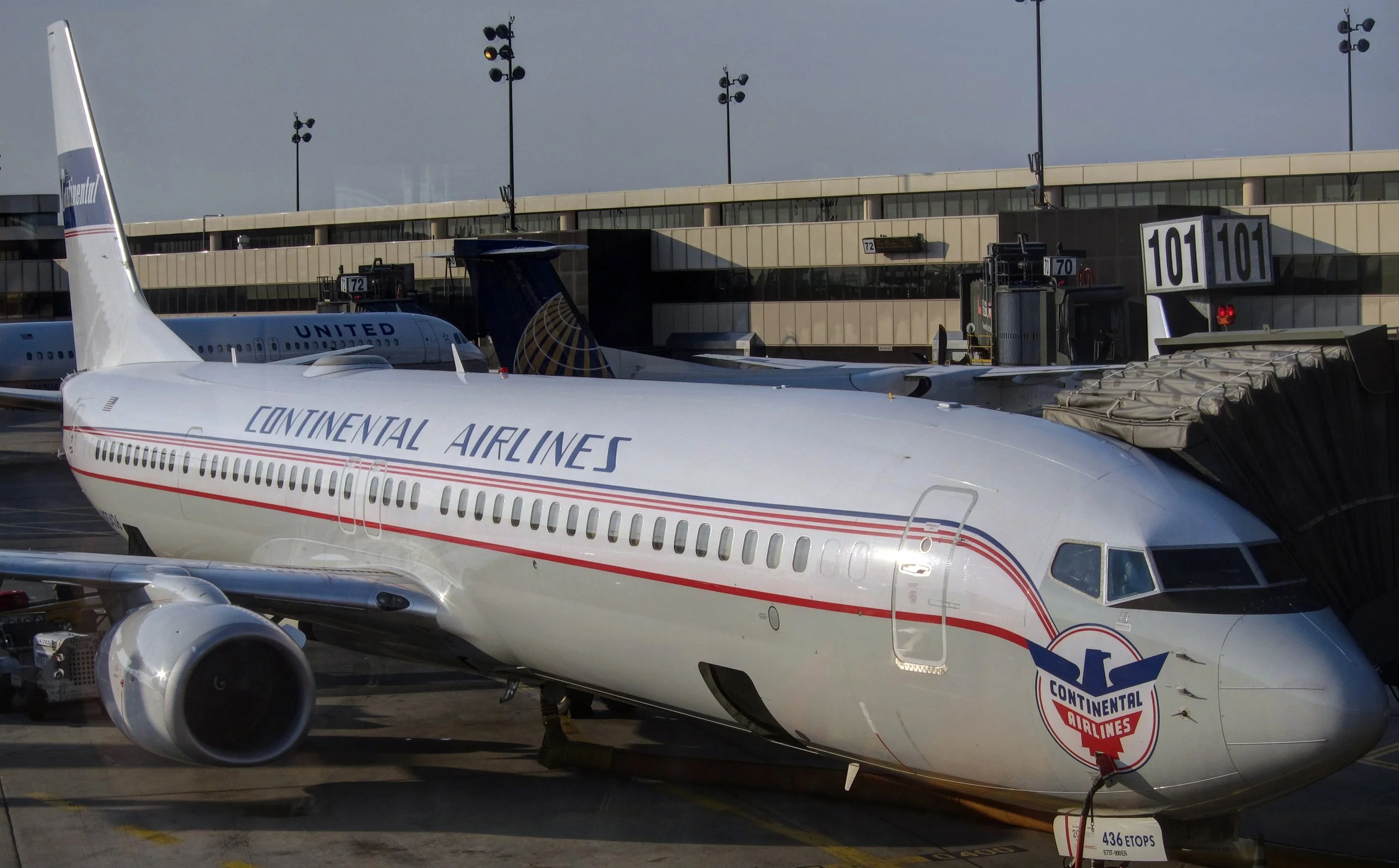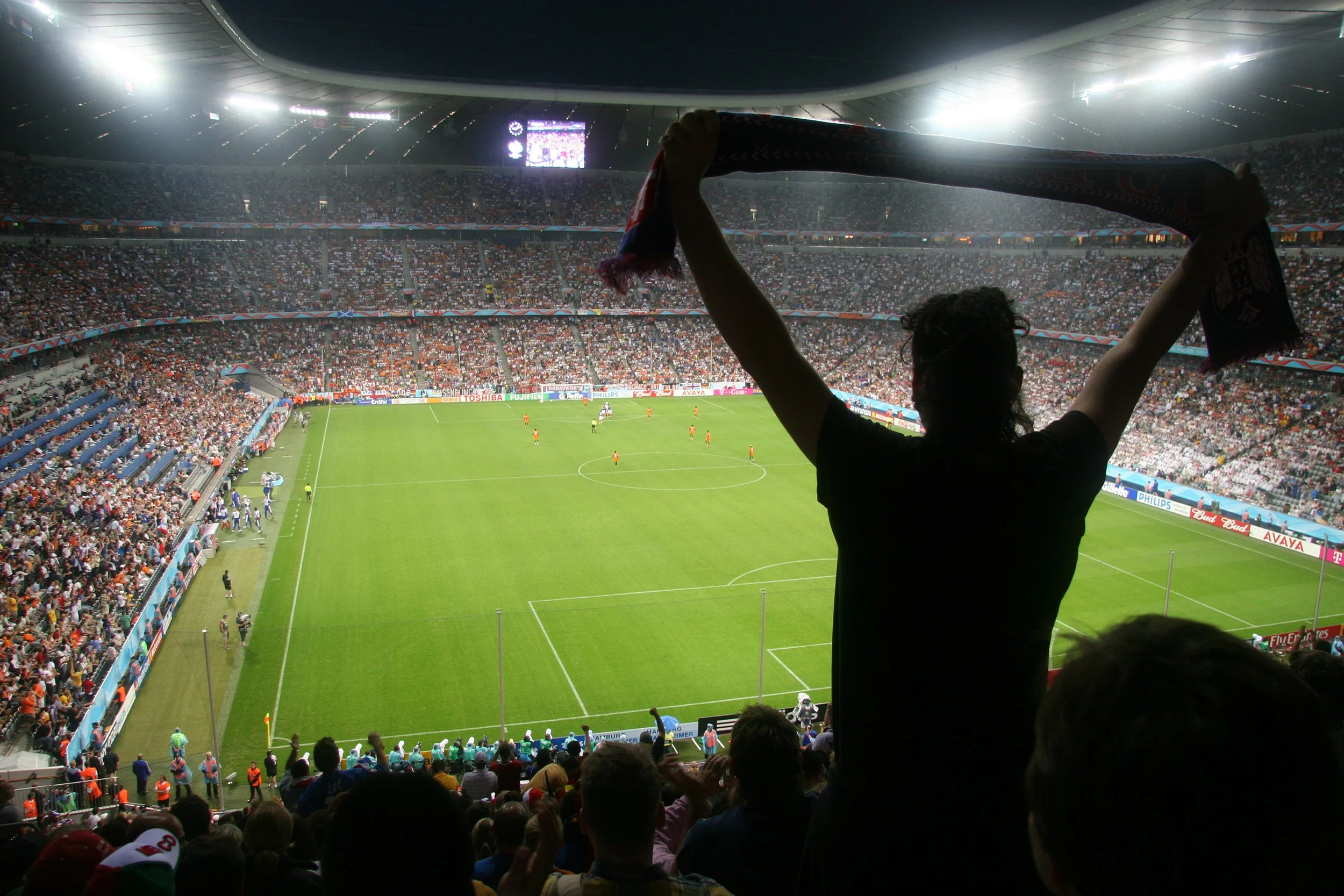
Page 10 of 10
London, England
There's not much glamour about the English weather, there's nothing left keeping us together
After the wonders of Moscow but before the slightly less impressive wonders of Newark Airport, I took advantage of British Airways scheduling to enjoy a quick two night stopover in London. Not my first (or even my fifth) visit there, it was just a welcome, friendly and familiar stop after all the frustration I had imagined I would face during that all too brief visit to Russia. From Domodedovo Airport (in the news that day due to a Domodedovo departed plane had crashed earlier that day in Siberia), I flew into Heathrow, cleared customs, hopped a wonderful (though overpriced) Heathrow Express train to Paddington Station, checked into my horrible (though well located) hotel and turned on my tv just in time to watch the full second half of the World Cup finals (ee-tahl-yah!), a bit of welcome closure to a trip and adventure that started so, so long ago in Germany and Munich.
One of the reasons that London seemed especially appealing this summer was the chance to catch the well publicized (though not necessarily well received) ambitious "Modernism" exhibit at the Victoria and Albert Museum. The temporary exhibit used models, drawings, photographs and objects to try and cover a movement, one that is certainly deserving of a show but in all honesty needed one a more comprehensive. Still it was a chance to revisit my trip and trips past, a chance to see models of the Rietveld house and the Einstein Tower, a chance to see lots of Soviet posters and Eames chairs, a chance to rethink what I've seen and reframe it as part of the exhibit's (not totally successful) larger arguments.
And while photography might have been prohibited at the temporary Modernism exhibit, it wasn't at the rest of the museum. This is inside one of my favorite parts, where the chaos of plaster casts of famous pieces of buildings have been brought together in one (ok, actually two) room(s).
Designed by US landscape artist Kathryn Gustafson, the Princess Diana Memorial in Hyde Park is certainly popular though not quite loved. The design is a great big circle of continually flowing water, located in a corner of Hyde Park closer to Kensington Gardens than anywhere else. The water's big parlor trick is that there is not a start or end, that the drains and supply are (mostly) hidden to give the appearance of a necklace of magic, physics defying water. Not the best effect and one that never reaches its promised heights, though certainly a pleasant enough space in and of itself.
The fountain has a bit of a spotty history. It's expensive to maintain, ran into a lot of technical problems and needed to be closed for a while as people were actually wading in the water, falling on the slippery stone and hurting themselves. No real solution was found for that last one, although there is now at least a somewhat stern sign telling you to stay out of the water while enjoying the memorial.
Just down the street from Richard Rogers groundbreaking Lloyds of London Building, Norman Foster's iconic, energy efficient, environmentally friendly, mildly suggestive tower reflects pieces of the sky and skyline between all those triangular pieces of faceted glass.
It might have been a gloomy day outside, but under Norman Foster's triangular glass canopy at the British Museum, things didn't really seem all that bad. Not nearly as dramatic as it is in sunny weather, the space is still impressive and the glass donut canopy is still as much fun as it ever was.
If you're hearing a lot about Norman Foster as of late, it's not just the slideshow (he also designed the Reichstag's dome for anyone not paying close attention). Foster and Partners have recently broke into the local architecture scene with their well reviewed and damn cool Hearst Tower in New York (on 57th and 8th), complete with its monstrously scaled triangular facade for anyone noticing a trend. In addition he is currently designing Tower 2 at the World Trade Center site, and while images have yet to be released once can only hope and imagine that elements of the facade may look at least a little triangular.
As already mentioned, I dragged two digital cameras with me for the duration of this trip. First and foremost was my digital SLR (Canon 20D with a 17-85mm lens), with an all weather point and shoot Olympus 800 as a trusty backup. Of the two I strongly preferred the SLR- it gives more control, is lightning fast, has a great battery, great lens and offers very little to complain about with the possible exception of its burdensome weight. After three and a half weeks of using that SLR and taking pictures across a good section of Europe, I decided on my very last day to heed the spit spotty weather forecast and finally give the smaller, all weather point and shoot a bit of a workout. It performed admirably for a backup, although in the end I still found that I preferred my now trusted SLR and its familiar, burdensome weight.
Meanwhile this is the still great Tate Modern and Norman Foster's suspiciously triangle free Millennium Bridge. By now the Tate is probably already familiar, although in a few (or more accurately seven) years it might start to look just a little funkier. Herzog and de Meuron have designed an addition to the south side of the power station that will likely change at least that part of the south bank forever.
Not my first visit to London, not my first visit to the South Bank, not the first picture I've ever sent of the London Eye. Still a better view looking at it than from it, at least if you ask me.
This picture takes us to Paddington Walk (right behind the rail station) and the way cool Rolling Bridge by Thomas Heatherwick. It only rolls up once a week at noon, as good a reason as any to be in London on a Friday at lunchtime (and as good a reason as any why my Monday morning picture looks the way it does).
Meanwhile at the Serpentine Gallery, a quick view of Rem Koolhaas' summer 2006 pavilion (which is barely visible on a cloudy, rainy day) three days before it opened.
So after 22 pages, 282 pictures, 25 travel days, 4 flights, 17 train trips, 4 ferries, 14 different hotels, 10 different countries, 1 World Cup game and 4 different time zones (not counting EST), this slideshow is finally coming to its inevitable end. Together we have walked the Erasmus Bridge, visited the Schröder House, avoided intimidating swarms of English soccer fans in Cologne, walked down the stairs at the Mercedes Benz Museum, climbed the Ulm Münster, cheered alternately for Serbia and/or Ivory Coast, ate a pretzel the size of our head, saw the Salzach from the Hohensalzburg, took the U-bahn to see a Gasometer, crossed the Charles Bridge at least six times (probably more), lingered on the Balcony of Europe, took a train out to Wolfsburg to complain about a building, gasped in wonder in the single nicest space completed in my lifetime, stood (literally) in the shadow of the best Erich Mendelsohn building ever, climbed the Vor Frelers Kirke, saw a turning torso from every possible angle, wondered why Finlandia Hall was closed again, crossed the Baltic Sea to see storybook towers, fought the crowds at the Hermitage, feared for our safety on an overnight train, came face to face with what’s left of Lenin and (by chance) avoided a shakedown at Domodedovo all just to come here to London and for this one last picture, standing on the bridge over the Thames, with only that group of school kids standing between us and the city.
Back where we started
If you somehow missed the first part of this two part slideshow (or would like to go back to the very beginning just to be caught in some sort of vicious time loop), just click below


